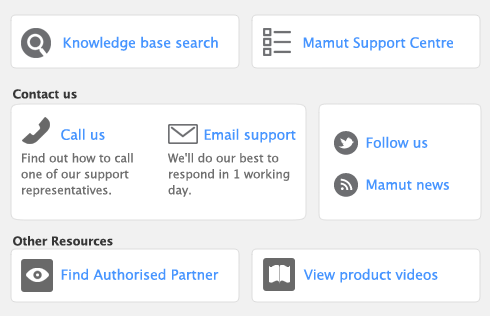You can use your software to print many of your year-end tax forms and reports, including forms P14 and P60, and the P11 and P35 reports.
Even if you e-file your year-end tax forms, you should print these forms and reports before you finish your tax year and start a new one. For more information, see Protecting against data loss.
When you use your software to print form P14 for submission by post, or if you print form P60 for distribution to your employees, you must print your data on pre-printed copies of the official tax forms. The form templates that are built into your software are designed to align your printed data so that it appears in the correct fields on the printed laser portrait (LP) forms.
|
1
|
Go to the Payroll command centre and click Prepare Payroll Tax Forms. The End of Year Tax Forms Assistant window opens.
|
|
2
|
Select the I want to prepare my P35 and P14/P60 forms manually and submit them via post option and click Next.
|
|
3
|
HMRC will no longer accept the temporary National Insurance number ‘TN’. If you aren’t sure if all NINOs on your P14s are in the correct format, you can use the ‘test file’ option in the Finish window of the assistant to test this data before you file an official return. For more information, see Submitting test data before e-filing.
|
4
|
Click Next. A list of the employees that you are preparing forms P14 and P60 for appears in this window. If you want to edit an employee’s details, click the zoom arrow next to their name. This will open the Card Information window.
|
|
5
|
When you have finished editing the employee’s details, click OK. The assistant window reappears.
|
|
6
|
|
7
|
If you want to review the information that will appear in Part 1 of the P35, click Review P35 Continuation Sheet. The Report Display window appears.
|
The information in this window is required for manually completing the P35 form. If you want to, you can save, customise and print this information. Click Close to return to the assistant.
|
8
|
Click Print P14 and P60 forms to print these forms for your employees. The Review P14s & P60s Before Printing window appears.
|
|
a
|
|
b
|
Select the employees you want to print forms for by clicking in the column next to them, then click Print. Your computer’s printer window appears.
|
|
c
|
Complete the printing process as you normally would. The Print Forms & Reports window of the assistant reappears.
|
|
9
|
Click in the declaration box at the bottom of the window to indicate that you have completed your tax forms and want to designate them as ‘filed’ in your software.
|
note : After a return is marked ‘filed’, you can file only amended returns until you close the financial year
|
10
|
Click Close to close the assistant.
|


